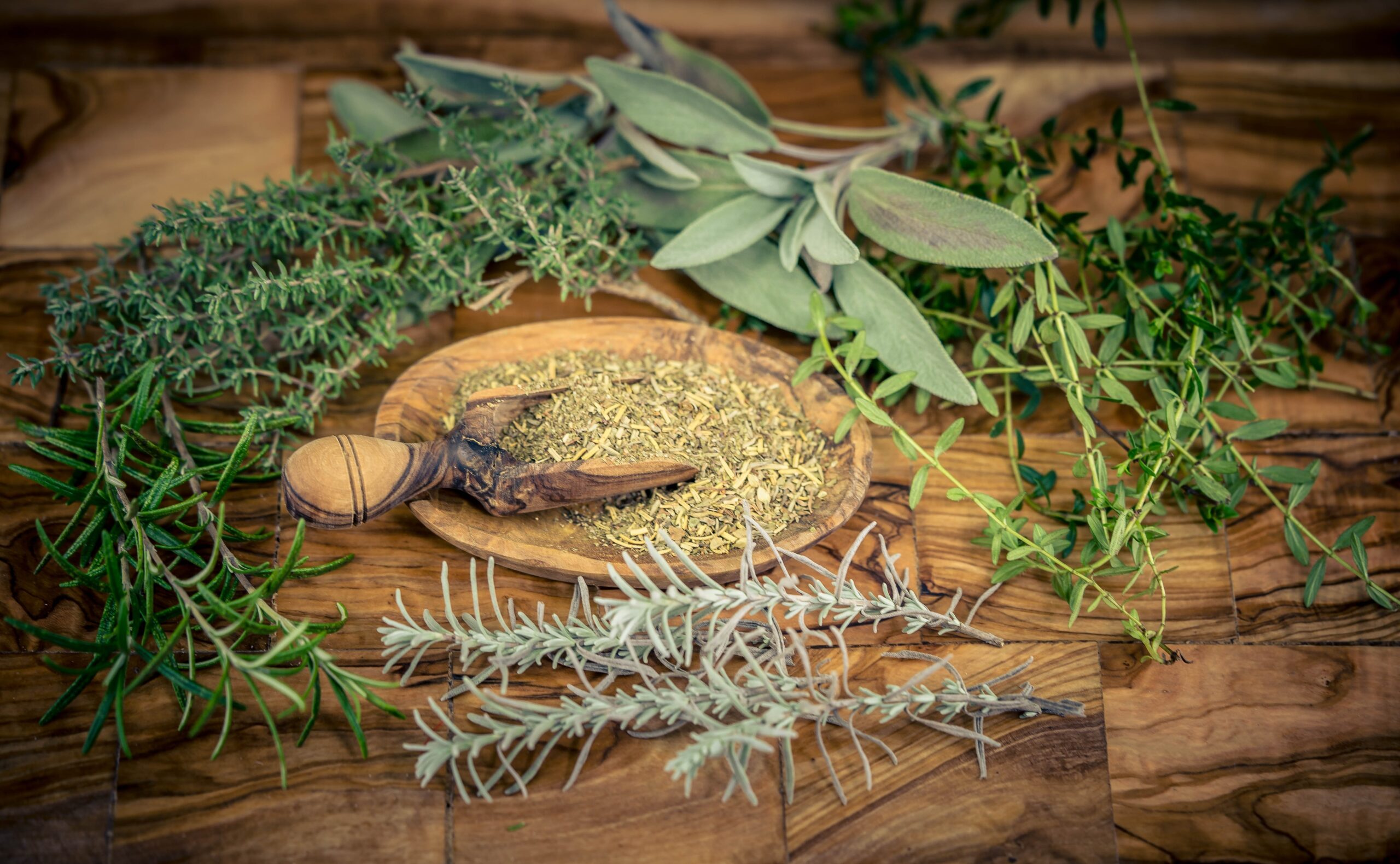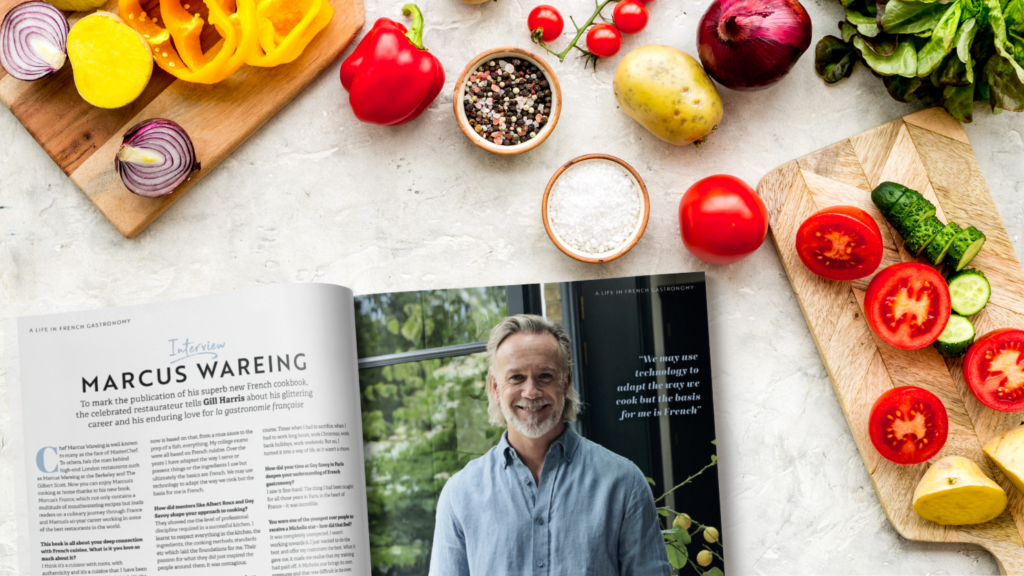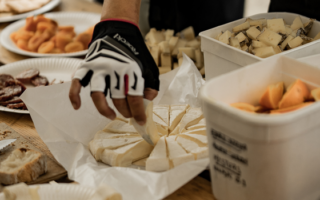
What’s in Herbes de Provence?
When cooking French dishes, few ingredients capture the rustic charm of the Mediterranean countryside quite like Herbes de Provence. This fragrant mix of dried herbs originates from Provence in southeastern France, and it brings a warm, floral, and slightly peppery flavour to dishes. But what exactly is in Herbes de Provence, and how can you make your own version at home?
What herbs are in Herbes de Provence?
Traditionally, Herbes de Provence is a blend of aromatic herbs that thrive in the hot, dry climate of the Provençal hills. While there is no strict, universal recipe, since local traditions and personal tastes often dictate the mix, most versions will include a combination of the following:
- Thyme: Earthy and slightly minty, thyme is often the backbone of the blend.
- Rosemary: Pine-like and robust, rosemary adds structure and a bold aroma.
- Summer savory: Slightly peppery and reminiscent of thyme, savory brings a subtle heat to the mix.
- Oregano: A staple of Mediterranean cooking, oregano adds a pungent, slightly bitter note.
- Marjoram: A gentler cousin of oregano, marjoram contributes a sweet, floral element.
- Basil: Some blends include dried basil for its soft, slightly anise-like flavour.
- Tarragon: Occasionally included for a hint of liquorice and bittersweetness.
- Bay leaf: Crushed bay leaves can be found in some blends, offering a deep, woody backdrop.
One point of difference in modern blends, particularly outside of France, is the addition of dried lavender flowers. While not a traditional component in older French cooking, lavender has become popular in commercial mixes, especially those exported abroad.
Are there any rules for Herbes de Provence?
There’s no protected designation of origin or legal standard for what Herbes de Provence must contain. However, authentic French blends typically exclude salt or pepper, focusing solely on dried herbs. The mix should be well-balanced, no one herb should overwhelm the others.
French chefs usually prepare it fresh during the summer months, using herbs straight from the garden, then dry and store it for use throughout the year.
How to make your own Herbes de Provence at home
If you’ve got a herb garden or even just a few pots on the windowsill you can easily make your own custom blend. Here’s a basic recipe to get started:
DIY Herbes de Provence Recipe (Dried)
- 2 tablespoons dried thyme
- 2 tablespoons dried rosemary
- 2 tablespoons dried savory (or more thyme if unavailable)
- 1 tablespoon dried oregano
- 1 tablespoon dried marjoram
- 1 tablespoon dried basil
Method:
- Ensure all herbs are fully dried before mixing. (Air drying or using a dehydrator or air-fryer works well.)
- Lightly crush rosemary and fennel seeds with a mortar and pestle if they are too coarse.
- Combine all ingredients in an airtight jar and store in a cool, dark cupboard.
- Shake before use to redistribute.
Feel free to adjust the ratios to suit your personal taste and tweak the recipe accordingly. That’s part of the charm of making your own.
How to use Herbes de Provence
This herb blend is incredibly versatile. Here are some classic ways to incorporate it into your cooking:
- Roast meats: Rub Herbes de Provence onto lamb, chicken, or pork before roasting for a deeply aromatic crust.
- Vegetable dishes: Toss courgettes, aubergines, or peppers with olive oil and Herbes de Provence before grilling.
- Soups and stews: Add a spoonful to Provençal-style soups like ratatouille or lentil stew.
- Fish and seafood: Use it as a seasoning for grilled fish or shrimp, often with a touch of lemon zest.
- Bread baking: Mix it into bread dough or sprinkle it over focaccia before baking.
- Cheese and oils: Infuse goat’s cheese or olive oil with a pinch of the blend for an instant Mediterranean lift.
Looking for more French food and drink content?
In our magazine we offer a whirlwind tour of the best gastronomic destinations. Discover La Belle France’s renowned markets, quirkiest food festivals, most indulgent restaurants and foodie experiences.

Lead photo credit : Shutterstock
Share to: Facebook Twitter LinkedIn Email
More in Herbes de Provence, Herbs, Provence



